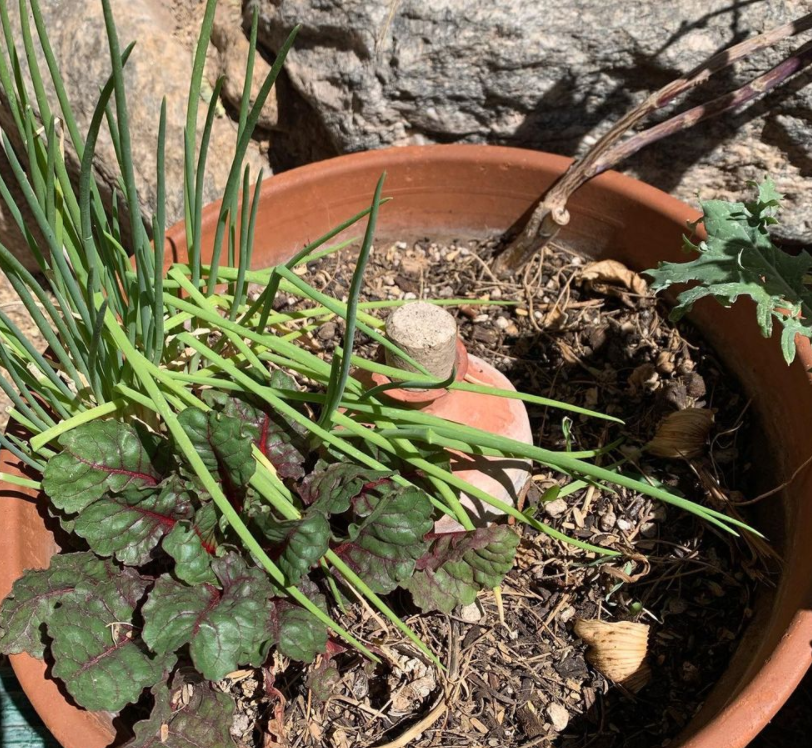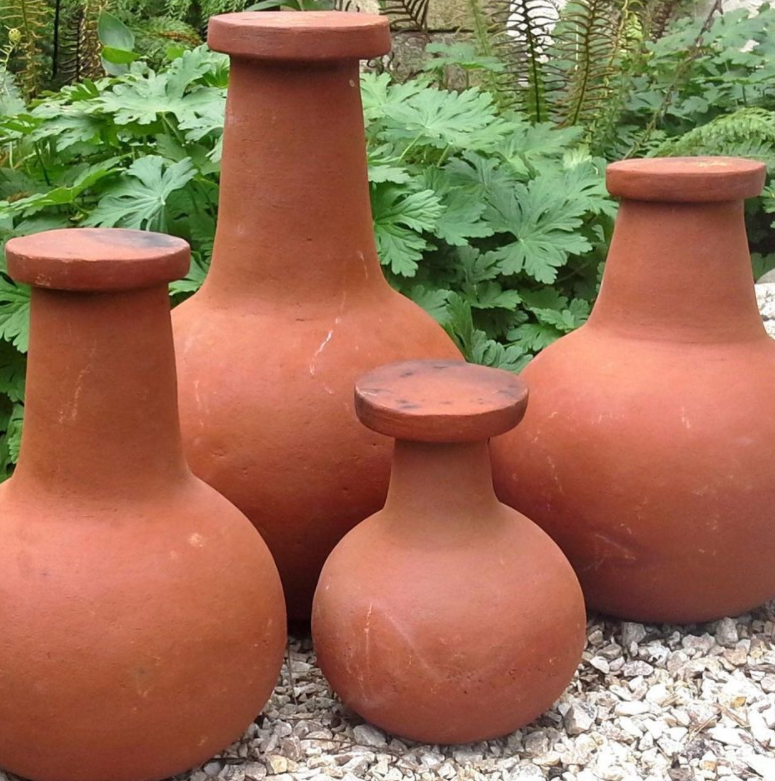Ollas a Form of Traditional Irrigation
Ollas, or oyas, are clay pots that have been used for thousands of years to irrigate crops. The technology is thought to have been invented by North Africans about 4,000 years ago!
They are unglazed clay pots with a bulbous bottom and long neck which are buried in the ground and filled with water. Due to the extremely tiny/microporous walls, water is slowly let out of the olla over the course of a few days (usually between 2-4 but it varies by olla size). The design never overwaters plants, because the water is suctioned out of the vessel by capillary action when the soil is dry, and stays in when the soil is moist.
This method was developed by dryland farmers, and is widely considered to be the single most effective irrigation method in the world. The genius of the olla is that the water never sits on the soil, and isn’t given a chance to evaporate. It waters plants at the roots from a mini-cistern that does so over several days before needing refilling. It optimizes the water usage, especially in dry weather, and can reduce water loss by 50-70%! This kind of climate-smart technology is urgently necessary for places like here in Ojai, where water scarcity is a pressing threat to people and the ecosystems we depend on.
Ollas can be used in many ways; they can be used with annual vegetables in beds or in ground, perennials fruit and vegetables in the same fashion, and they can be used to establish trees and woody shrubs! Place either oyas individually next to larger plants, or place ollas every-so-often so that the whole bed/row is irrigated!
Written by Liam Bense, Green Valley Project Intern.
Images sourced from Selao Home and Garden Art and Pete Deneen.



